
Circuit Theory and Applications
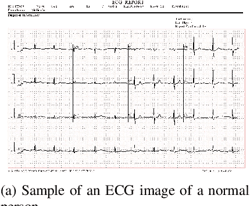
Deep Learning for ECG Image Analysis: A Lightweight Approach for Covid-19 Diagnosis
Since late 2019, Covid-19 has broken out causing immense pressure on healthcare systems worldwide. Fast detection of Covid-19 has become crucial in controlling and slow-pacing the virus outbreak. Innovative methods that are cheap, fast, and accurate for Covid-19 detection are of high importance to aid in the efforts of containment of the disease. In this study a novel method is proposed for Covid-19 detection through analysis of ECG image records. Three models are introduced for three classification schemas, Normal vs Covid-19, Covid-19 vs non Covid-19, Normal vs Covid-19 vs Abnormal HeartBeat

DAP: A Framework for Driver Attention Prediction
Human drivers employ their attentional systems during driving to focus on critical items and make judgments. Because gaze data can indicate human attention, collecting and analyzing gaze data has emerged in recent years to improve autonomous driving technologies. In safety-critical situations, it is important to predict not only where the driver focuses his attention but also on which objects. In this work, we propose DAP, a novel framework for driver attention prediction that bridges the attention prediction gap between pixels and objects. The DAP Framework is evaluated on the Berkeley

Development of hepatocellular carcinoma organoid model recapitulating HIF-1A metabolic signature
Hypoxia is one of the main hallmarks of hepatocellular carcinoma (HCC) resulting from improper oxygenation and insufficient nourishment of the HCC microenvironment. The effect of hypoxia is mediated by hypoxia-inducible factor-1A (HIF-1A) via targeting various downstream pathways, including glycolysis, angiogenesis, and survival signaling. However, HCC cell lines in a 2-dimensional (2D) setting do not resemble the metabolic signature of HCC. Here we aim to overcome these limitations by developing an HCC organoid that recapitulates the HIF-1A metabolic shift. The enrichment analysis of the RNA
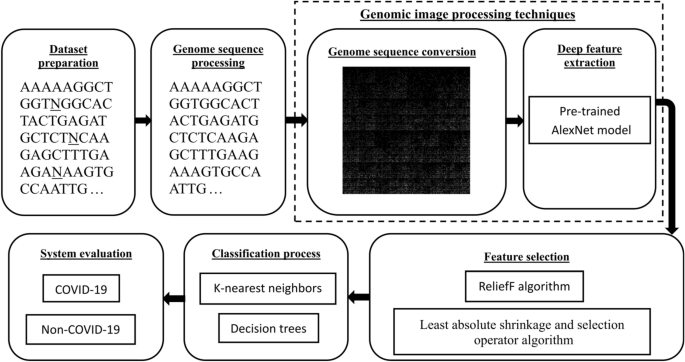
A hybrid deep learning approach for COVID-19 detection based on genomic image processing techniques
The coronavirus disease 2019 (COVID-19) pandemic has been spreading quickly, threatening the public health system. Consequently, positive COVID-19 cases must be rapidly detected and treated. Automatic detection systems are essential for controlling the COVID-19 pandemic. Molecular techniques and medical imaging scans are among the most effective approaches for detecting COVID-19. Although these approaches are crucial for controlling the COVID-19 pandemic, they have certain limitations. This study proposes an effective hybrid approach based on genomic image processing (GIP) techniques to
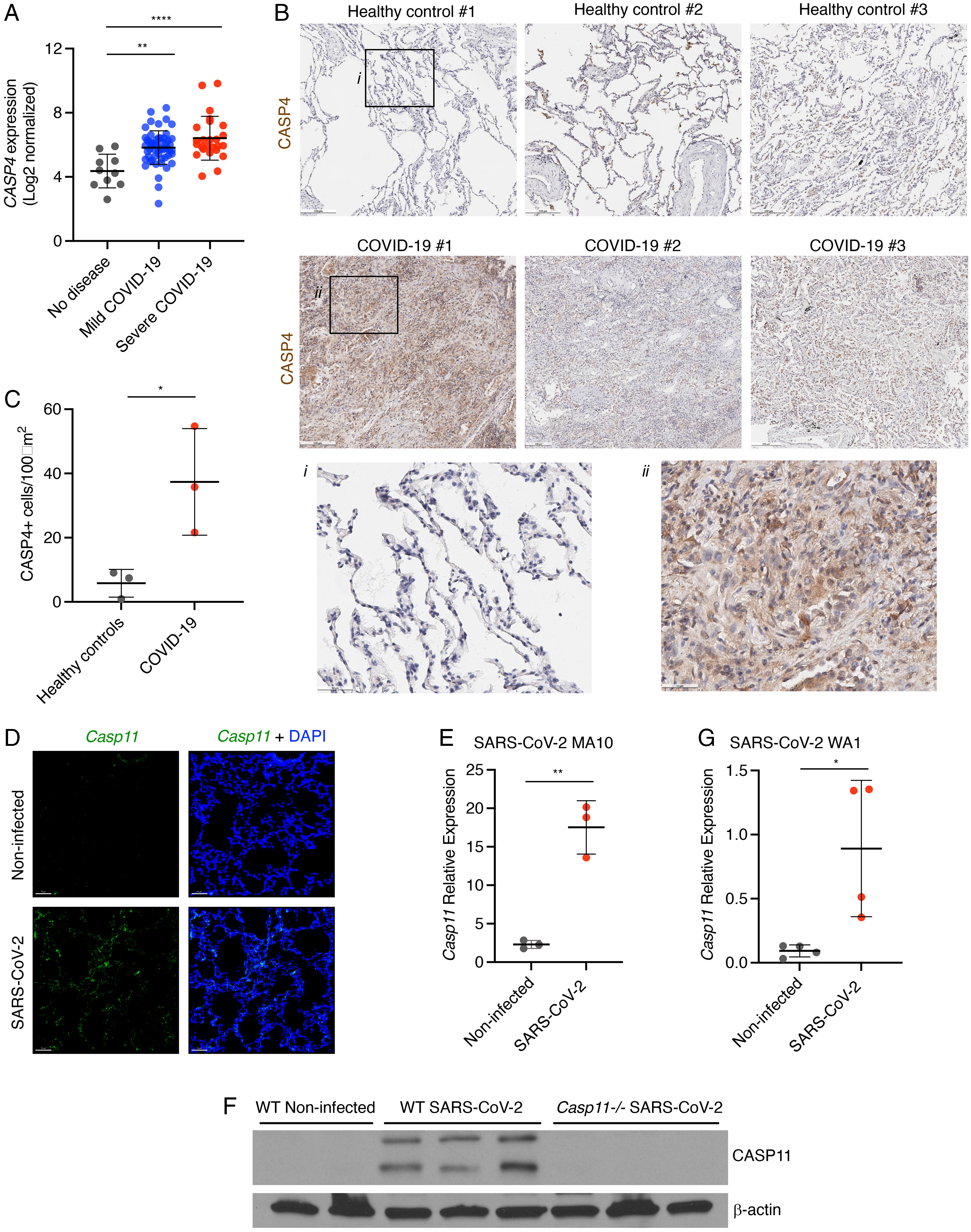
Caspase-4/11 exacerbates disease severity in SARS–CoV-2 infection by promoting inflammation and immunothrombosis
Severe acute respiratory syndrome coronavirus 2 (SARS–CoV-2) is a worldwide health concern, and new treatment strategies are needed. Targeting inflammatory innate immunity pathways holds therapeutic promise, but effective molecular targets remain elusive. Here, we show that human caspase-4 (CASP4) and its mouse homolog, caspase-11 (CASP11), are up-regulated in SARS–CoV-2 infections and that CASP4 expression correlates with severity of SARS–CoV-2 infection in humans. SARS–CoV-2–infected Casp112/2 mice were protected from severe weight loss and lung pathology, including blood vessel damage
Transcriptomic marker screening for evaluating the mortality rate of pediatric sepsis based on Henry gas solubility optimization
Sepsis is a potentially life-threatening medical condition that increases mortality in pediatric populations admitted in the intensive care unit (ICU). Due to the unpredictable nature of the disease course, it was challenging to find the informative genetic biomarkers at the earliest stages. Consequently, a considerable attention has been paid for the early prediction of pediatric sepsis based on genetic biomarkers analysis that would promote the early medical intervention. Therefore, the proposed study attempted to demonstrate the feasibility of Henry Gas Solubility Optimization (HGSO) in
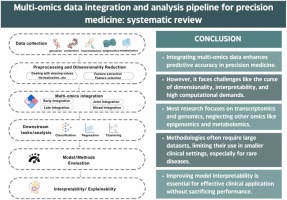
Multi-omics data integration and analysis pipeline for precision medicine: Systematic review
Precision medicine has gained considerable popularity since the “one-size-fits-all” approach did not seem very effective or reflective of the complexity of the human body. Subsequently, since single-omics does not reflect the complexity of the human body's inner workings, it did not result in the expected advancement in the medical field. Therefore, the multi-omics approach has emerged. The multi-omics approach involves integrating data from different omics technologies, such as DNA sequencing, RNA sequencing, mass spectrometry, and others, using computational methods and then analyzing the
New antileishmanial quinoline linked isatin derivatives targeting DHFR-TS and PTR1: Design, synthesis, and molecular modeling studies
In a search for new drug candidates for one of the neglected tropical diseases, leishmaniasis, twenty quinoline-isatin hybrids were synthesized and tested for their in vitro antileishmanial activity against Leishmania major strain. All the synthesized compounds showed promising in vitro activity against the promastigote form in a low micromolar range (IC50 = 0.5084–5.9486 μM) superior to the reference miltefosine (IC50 = 7.8976 μM). All the target compounds were then tested against the intracellular amastigote form and showed promising inhibition effects (IC50 = 0.60442–8.2948 μM versus 8.08
Genomic image representation of human coronavirus sequences for COVID-19 detection
Coronavirus (CoV) disease 2019 (COVID-19) is a severe pandemic affecting millions worldwide. Due to its rapid evolution, researchers have been working on developing diagnostic approaches to suppress its spread. This study presents an effective automated approach based on genomic image processing (GIP) techniques to rapidly detect COVID-19, among other human CoV diseases, with high acceptable accuracy. The GIP technique was applied as follows: first, genomic graphical mapping techniques were used to convert the genome sequences into genomic grayscale images. The frequency chaos game
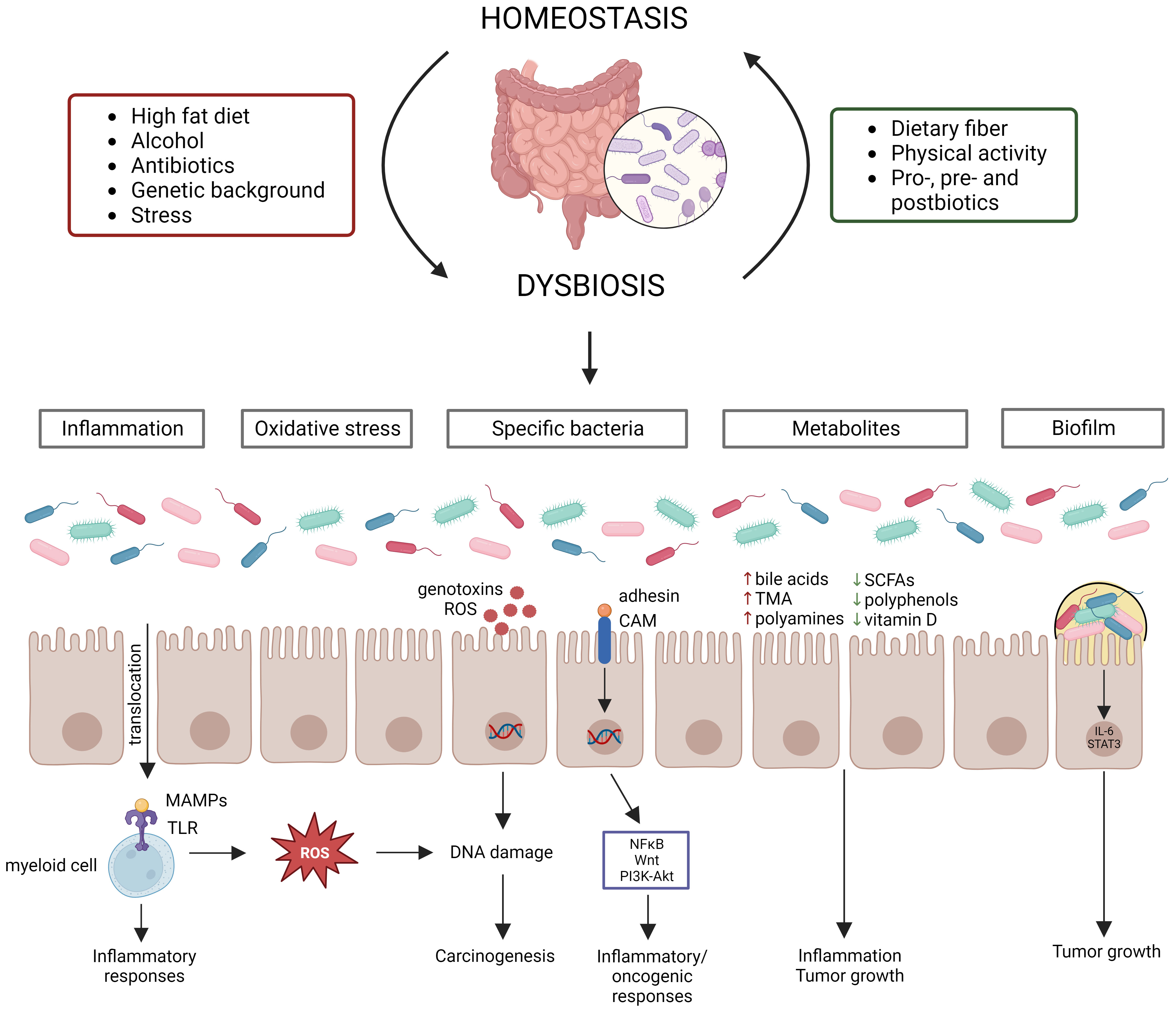
Dissecting the role of the gut microbiome and fecal microbiota transplantation in radio- and immunotherapy treatment of colorectal cancer
Colorectal cancer (CRC) is one of the most commonly diagnosed cancers and poses a major burden on the human health worldwide. At the moment, treatment of CRC consists of surgery in combination with (neo)adjuvant chemotherapy and/or radiotherapy. More recently, immune checkpoint blockers (ICBs) have also been approved for CRC treatment. In addition, recent studies have shown that radiotherapy and ICBs act synergistically, with radiotherapy stimulating the immune system that is activated by ICBs. However, both treatments are also associated with severe toxicity and efficacy issues, which can